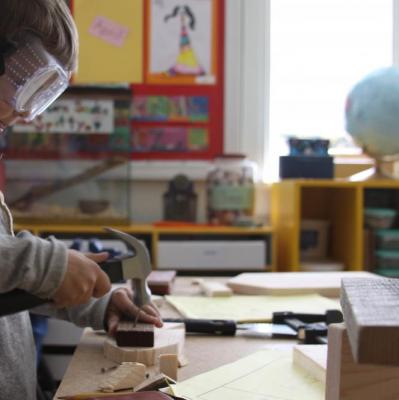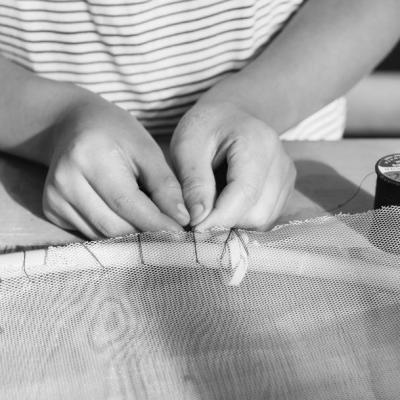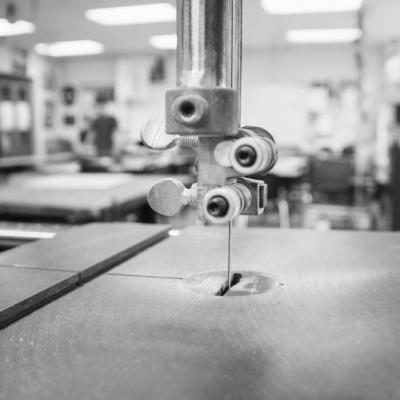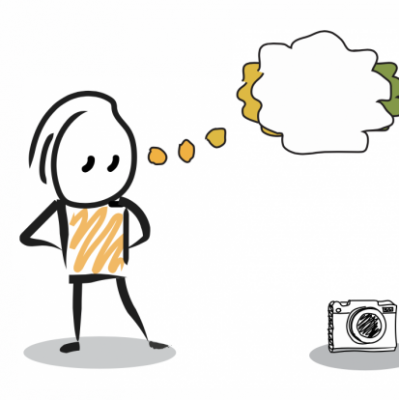这个思考模式鼓励学生能够慢下来,仔细观察其中一个系统。通过这样帮助学生更好地认识具体系统里无论是直接或间接相关的人物,学生也会注意到系统里任何一点变化,也许都会有意无意地影响到系统的其它方面。

这个思考模式鼓励学生能够慢下来,仔细观察其中一个系统。通过这样帮助学生更好地认识具体系统里无论是直接或间接相关的人物,学生也会注意到系统里任何一点变化,也许都会有意无意地影响到系统的其它方面。



This thinking routine helps learners slow down and make careful, detailed observations by encouraging them to look beyond the obvious features of an object or system. This thinking routine helps stimulate curiosity, raises questions, and surfaces areas for further inquiry.

Maker-Centered Learning And The Development Of Self: Preliminary Findings Of The Agency By Design Project
A White Paper Presented By Agency by Design
Project Zero, Harvard Graduate School Of Education
This White Paper, from January 2015, presents an overview of our developing work, and concludes by presenting the “big take away” from our research and by making suggestions for policymakers, educators, and other stakeholders. Along the way, we identify what we consider to be the most salient benefits of maker-centered learning for young people and, introduce some of the key concepts and resources that have emerged from our work, including the concept of maker empowerment, the importance of developing a sensitivity to design, and the three pathways that lead to these desired outcomes.

The Agency by Design Inquiry Cycle has been designed to support educators in the processes of designing, documenting, assessing, and reflecting on maker-centered learning. This tool was collaboratively developed over time, and formally prototyped with cohorts of maker educators in two locations: Oakland, California, and Pittsburgh, Pennsylvania. In this paper, Agency by Design researchers Jessica Ross and Edward P. Clapp loosely use the structure of the Inquiry Cycle to describe the iterative process of developing this tool, along with some suggested implications for practice. Throughout the piece, we share the experiences of our teacher partners as they grappled with this tool—tweaking, hacking, and remixing it—as they explored its potential for designing, documenting, assessing, and reflecting upon their work in the maker-centered classroom.

The AbD Making Moves are a set of observable or actionable “moves” that learners and educators can use to help design maker-centered learning experiences, and to support, observe, document, and assess maker-centered learning.

A resource for educators to explore the ways you can use the Agency by Design Framework and Making Moves/Indicators.
這個思考模式鼓勵學生能夠慢下来,仔细觀察其中一個系统。通過這樣幫助學生更好地認識具體系統裡無論是直接或間接相關的人物,學生也會注意到系统裡任何一點變化,也許都會有意無意地影響到系统的其它方面。

这个思考模式通过帮助学生近距离观察某个物品/系统的细节,考虑不同的使用者和利益相关者不同的观点角度,以反思自己和这个物品/系统的关系来探究其中的关联性。